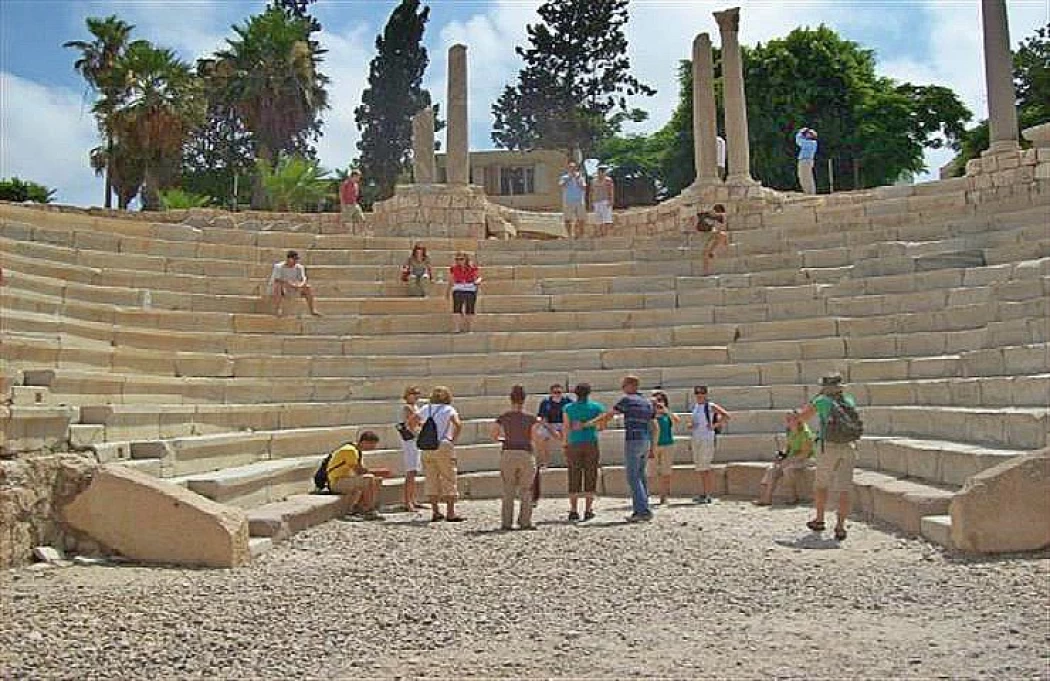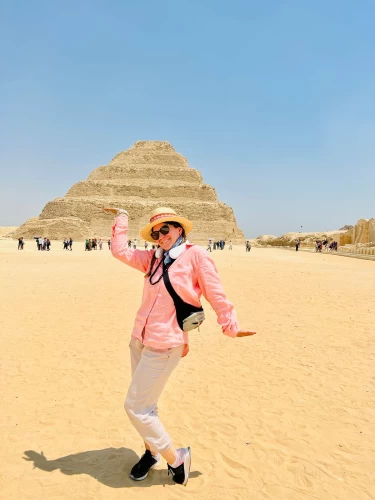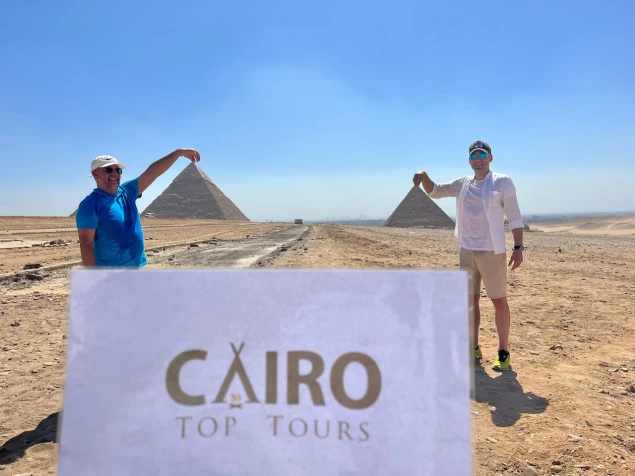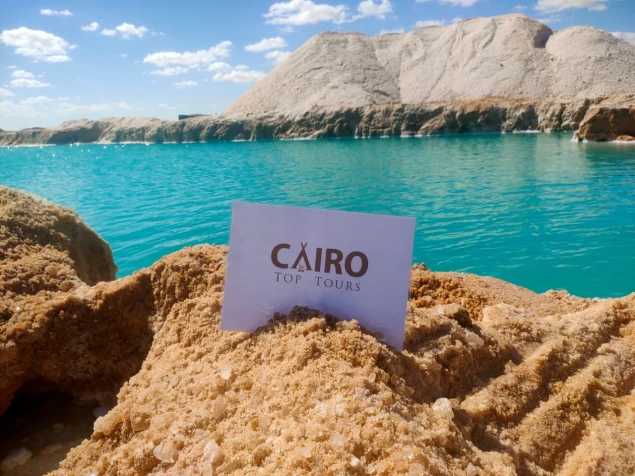
The Greco-Roman Era in Egypt
The Greco-Roman Era in Egypt: A Historical and Cultural Synthesis
During the Greco-Roman Period in Egypt, there was a mix of cultures, significant shifts in government, and advancements in the economy. Even though Alexander the Great invaded Egypt in 332 BCE and the Arabs conquered it in 641 CE, this time included both the Ptolemaic and Roman periods. As a result of Greek, Roman and Egyptian traditions being combined, this region developed a new and lively civilization. This writing examines the history, government, social and economic situation, religious changes and cultural heritage of this important period in Egypt.
Historical Context
The Ptolemaic Dynasty (332–30 BCE)
In 332 BCE, Alexander the Great invaded Egypt, which served as a satrapy of the Persian Achaemenid Empire, and was welcomed by locals as a liberator. In the western part of the Nile Delta, he started the city of Alexandria which would spark and promote Hellenistic culture and education. After Alexander died in 323 BCE, his generals divided his kingdom. One of Alexander’s trusted advisors, Ptolemy I Soter, took control of Egypt and started the Ptolemaic dynasty.
Like other Greek rulers, the Ptolemies used pharaonic customs to make their authority legitimate. They kept the old system of government in Egypt and added Greek traditions in other fields such as art and culture. At its peak, the dynasty saw famous women such as Cleopatra VII, whose alliances with leaders led to her involvement in Roman politics. In 31 BCE, Cleopatra lost her throne to Octavian and later took her own life in 30 BCE, causing Egypt to be annexed by the Roman Empire.
Roman Egypt (30 BCE–395 CE) and Byzantine Rule (395–641 CE)
The position of prefect, chosen by the emperor, was given to the man who ruled Egypt after Cleopatra’s death. Since people depended on the emperor’s food, much of it came from his land, which was important for growing grain. The Romans brought changes to the political and religious organizations in Egypt, yet many of its Hellenistic customs continued.
In 395 CE, the Roman Empire divided into the Eastern and Western regions. For about a century, from 629 CE onward, Egypt was in the hands of the Byzantine Empire until it fell to the Arabs in 641 CE. During this time, the ancient religion of Greece and Rome competed with Christianity as it expanded through Egypt.
Political and Administrative Structures
Both the Ptolemaic and Roman eras saw Egypt continue to use the centuries-old way of organizing government. Dual power was created by the Greeks, silent over their own cities but still in charge, and the Egyptians kept in charge over the country.
Divine monarchy was introduced by the Ptolemies just as pharaohs had done before them. They were shown in Egyptian style in their temples, spoke Greek during court sessions, and took on Egyptian religious titles. Unlike the Greeks, the Romans managed their province of Egypt with close supervision and control. Even though emperors were revered as pharaohs, they did not live in Egypt. Given Egypt’s economic importance, everything was managed properly and carefully.
Economic Developments
At that time, Egypt’s economy was strong and involved various activities. Grain, flax and papyrus were among the products that came mainly from the Fertile Nile Valley. One reason grain was so crucial for Egypt was because Rome bought Egyptian grain to ensure its cities were fed.
During the Ptolemies and Romans, there was a big rise in trade. Alexandria, thanks to its excellent site and harbour, became a major port for the world’s trade. Because of its sea routes to the Mediterranean and Red Sea, Mali participated in trading with India, Arabia, and East Africa.
Ptolemaic authorities took control of many items like papyrus and oil, as this guaranteed their maximum profits. Emperors of the Byzantine Era increased taxes, and as a result, many became unhappy with these regulations.
Cultural and Social Life
During the Greco-Roman era, there was a strong blending of different cultures in Egypt. Most Roman and Greek settlers lived in cities like Alexandria in Egypt, whereas the majority of Egyptians preferred rural villages. Marriage between people from different cultures happened regularly, although there were significant divisions at the beginning of the period.
Language and Education
Greek became the administrative and elite language under the Ptolemies, replacing Demotic Egyptian in many official contexts. Alexandria emerged as a leading centre of Greek scholarship, boasting the Library of Alexandria and the Museum, institutions that attracted scholars from across the Hellenistic world.
Latin made inroads during Roman rule but never supplanted Greek in Egypt. Meanwhile, Coptic, a script derived from Greek and used to write the Egyptian language, emerged by the 2nd century CE, particularly among Christian communities.
Art and Architecture
Classical Greek realism was blended with standard Egyptian symbols in Greco-Roman art. The style of the temples erected in this time was pharaonic; however, they contained elements of Greek art.
It reflects the way various cultures influenced one another. Such portraits on mummies blend the traditions of the Greeks, Romans and Egyptians.
Religion and Philosophy
Religions mixed and merged during the Greco-Roman era. To bring together both Greek and Egyptian worshippers, the Ptolemies introduced the cult of Serapis, which joined characteristics of Osiris, the Apis bull, Zeus and Hades.
It was the religion of ancient Egypt that was predominant in the countryside. Usually, the royal house supported the priests and allowed them to hold power. Temples operated and were supported financially by the kings until Christianity became popular.
Rise of Christianity
St. Mark is believed to have introduced Christianity to Egypt during the 1st century on his voyage to Alexandria. During the 3rd century, many people from the lower social classes adopted it. Alexandria’s Church became one of the significant church leaders in the early days of Christianity.
From the 4th century, Christianity was accepted by the Roman Empire, and pagan temples were ordered to close. Disputes between Christians (including the Melkites and Monophysites) and with pagans got more violent.
St. Anthony the Great and St. Pachomius, considered Egyptian heroes, contributed a lot to monasteries in the desert and influenced the monastic way of life in Christianity.
Alexandria: A Cultural Metropolis
Greco-Roman Egypt’s centre of learning and culture was Alexandria. Under Alexander, the city was made the capital of the Ptolemies and became a major city in ancient times. It housed:
The Library of Alexandria was home to much of the knowledge from ancient times.
Just like a modern university, the museum operates as a research institution.
One of the Seven Wonders of the Ancient World, the Pharos of Alexandria.
Many philosophers, scientists, and writers shared ideas in this diverse society. Important individuals in the era were Euclid, who invented geometry; Ptolemy, a famous astronomer and writer; and Hypatia, a well-known female philosopher and mathematician who was murdered by a mob of Christians in 415 CE.
Decline and Legacy
By the 6th and 7th centuries, the economy, religion and politics of Egypt had all weakened. It was difficult for Byzantine leaders to hold onto power as both internal and external dangers kept threatening them. In 641 CE, Amr ibn al-As led Arab armies in conquering Egypt and bringing Islamic rule to the area.
The legacy of the Greco-Roman era was very strong.
Later Islamic architecture was inspired by the artwork and architecture of this era.
This church incorporated parts of Greek, Egyptian, and Christian customs.
Much of the knowledge preserved by the Greeks and Arabs later helped shape the learning of the Middle Ages.















